
Other Titles in This Series
Baltimore Sports: Stories from Charm City
Philly Sports: Teams, Games, and Athletes from Rockys Town
DC Sports: The Nations Capital at Play
Frank Merriwell and the Fiction of All-American Boyhood
Democratic Sports: Mens and Womens College Athletics
Sport and the Law: Historical and Cultural Intersections
Beyond C. L. R. James: Shifting Boundaries of Race and Ethnicity in Sports
A Spectacular Leap: Black Women Athletes in Twentieth-Century America
Hoop Crazy: The Lives of Clair Bee and Chip Hilton
Copyright 2016 by The University of Arkansas Press
All rights reserved
Manufactured in the United States of America
ISBN: 978-1-68226-017-3
e-ISBN: 978-1-61075-600-6
20 19 18 17 16 5 4 3 2 1
Text design by Ellen Beeler
 The paper used in this publication meets the minimum requirements of the American National Standard for Permanence of Paper for Printed Library Materials Z39.48-1984.
The paper used in this publication meets the minimum requirements of the American National Standard for Permanence of Paper for Printed Library Materials Z39.48-1984.
Library of Congress Control Number: 2016947891
To all those athletes forced to participate in sport behind the walls of segregation
Series Editors Preface
Sport is an extraordinarily important phenomenon that pervades the lives of many people and has enormous impact on society in an assortment of different ways. At its most fundamental level, sport has the power to bring people great joy and satisfy their competitive urges while at once allowing them to form bonds and a sense of community with others from diverse backgrounds and interests and various walks of life. Sport also makes clear, especially at the highest levels of competition, the lengths that people will go to achieve victory as well as how closely connected it is to business, education, politics, economics, religion, law, family, and other societal institutions. Sport is, moreover, partly about identity development and how individuals and groups, irrespective of race, gender, ethnicity, or socioeconomic class, have sought to elevate their status and realize material success and social mobility.
Sport, Culture, and Society seeks to promote a greater understanding of the aforementioned issues and many others. Recognizing sports powerful influence and ability to change peoples lives in significant and important ways, the series focuses on topics ranging from urbanization and community development to biographies and intercollegiate athletics. It includes both monographs and anthologies that are characterized by excellent scholarship, accessible to a wide audience, and interesting and thoughtful in design and interpretations. Singular features of the series are authors and editors representing a variety of disciplinary areas and who adopt different methodological approaches. The series also includes works by individuals at various stages of their careers, both sport studies scholars of outstanding talent just beginning to make their mark on the field and more experienced scholars of sport with established reputations.
Separate Games traces the history of some of the most prominent and influential African American sports teams, events, and organizations during the era of racial segregation. Edited by Ryan Swanson and myself, the anthology includes twelve chapters written by scholars who are well versed in the interconnection among race, sport, and American culture. The result is a book that makes clear how important sports programs were to African Americans behind the walls of segregation. In addition to helping convince those in predominantly white organized sport of the ability level of individual black athletes, separate or parallel sports programs were important to African Americans because it provided examples of black self-help and organizational skills while at once engendering a sense of racial and community pride.These sports programs, moreover, were important to African Americans because they served as symbols of possibility and examples of achievement during a period in American history characterized by rampant forms of racial discrimination in sport and society at large.
David K. Wiggins
Acknowledgments
This book was a pleasure to put together, largely because of the opportunity to work closely with the outstanding scholars who contributed essays on various aspects of sport among African Americans behind the walls of segregation during the civil rights period. All of the contributors, chosen for their expertise and quality contributions to the research literature, took the project very seriously as evidenced by their work that is characterized by clear writing, thorough research, and cogent analysis and interpretations. We are forever indebted to them and genuinely appreciative of their time and efforts.
Also essential to the completion of this book was the staff of the University of Arkansas Press. Dedicated to producing quality books that appeal to both a scholarly and more popular audience, Mike Bieker, D. S. Cunningham, and other staff members have been very encouraging and shown unwavering support throughout the entire process of putting the book together. As sport historians, we have also benefited from the commitment shown by the press to publish books that examine sport in its various forms. The press takes sport seriously, recognizing its importance and insights it can provide on other institutions and significant societal concerns and issues.
Lastly, we would like to express appreciation to our families for their support. As all academicians are fully aware, the scholarly process is time consuming and arduous and requires understanding and encouragement from family members at every turn. In this regard, we are most fortunate in having loving wives and children who enthusiastically stood with us as we brought this project to fruition. We are most grateful.
Introduction
In the years immediately following emancipation in 1865 a select number of African American athletes participated in white organized sport at various levels of competition. Some of these athletes realized great success in their respective sports and garnered national and even international reputations for their exploits. For instance, Isaac Murphy, the outstanding jockey from Lexington, Kentucky, captured three Kentucky Derbies and a plethora of other prestigious titles that ultimately led to his selection into the horse racing hall of fame in Saratoga Springs, New York. Bostons Frank Black Dan Hart garnered fame as a pedestrian, winning such well-known races as the Rose Belt, Astley Belt, and OLeary Belt competitions in the late 1870s and 1880s. Moses Fleetwood Walker made baseball history in 1884 when he played for the Toledo Mudhens of the American Association that at the time had major league status. Indianapoliss Marshall Major Taylor was perhaps the greatest bicyclists of his generation, capturing many championships and establishing sprint records on the oval during the latter stages of the nineteenth and early part of the twentieth centuries.
The seemingly unlimited possibilities for African American athletes would be shattered by the turn of the twentieth century as a variety of factors would lead to their elimination from many white organized sports. Although a limited number of African American athletes would continue to participate, most notably and successfully in boxing, white college sport, and the Olympic Games, a hardening of the racial lines eliminated many of them from white organized competitions. African American athletes responded to their elimination from white organized sport in two basic ways. Some of them, particularly those in individual sports, traveled overseas to extend their careers and find fame and fortune. Prime examples of these athletes were Marshall Major Taylor and the jockey Jimmy Winkfield who found great success in bicycle and horse racing competitions abroad.

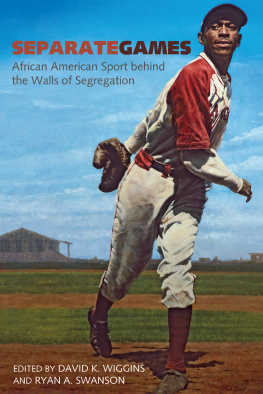

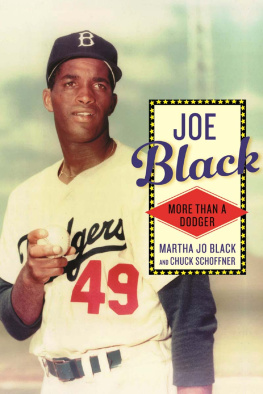
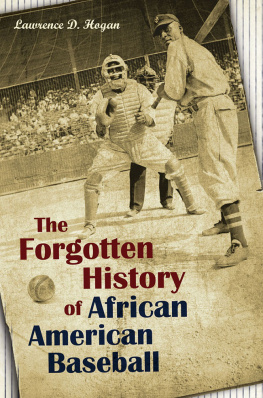
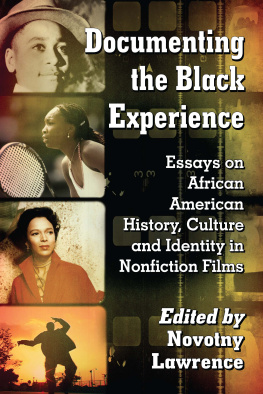

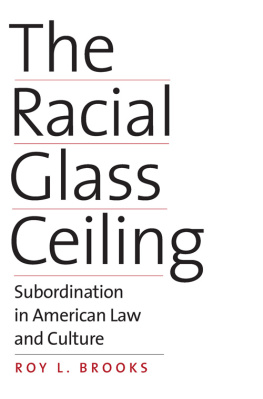
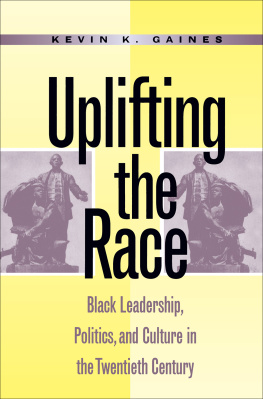


 The paper used in this publication meets the minimum requirements of the American National Standard for Permanence of Paper for Printed Library Materials Z39.48-1984.
The paper used in this publication meets the minimum requirements of the American National Standard for Permanence of Paper for Printed Library Materials Z39.48-1984.